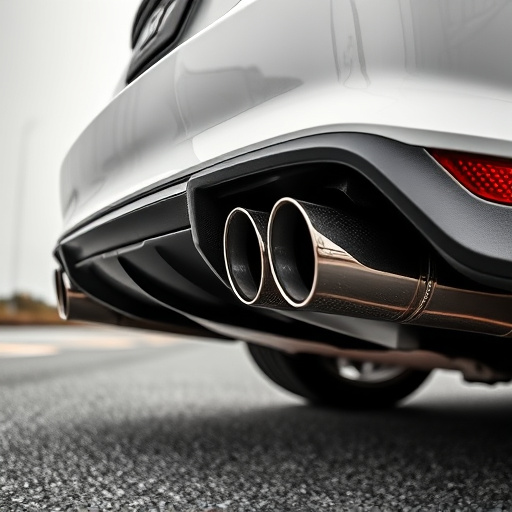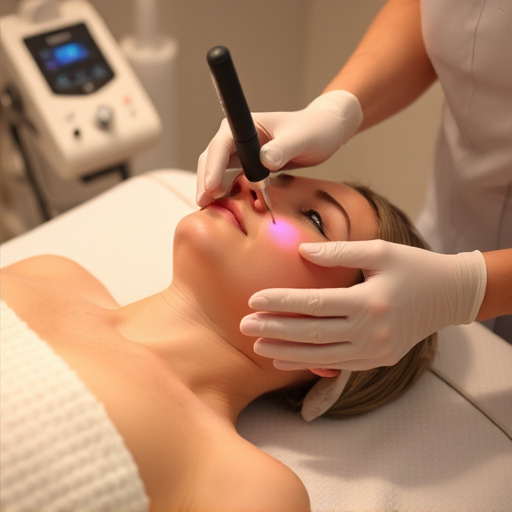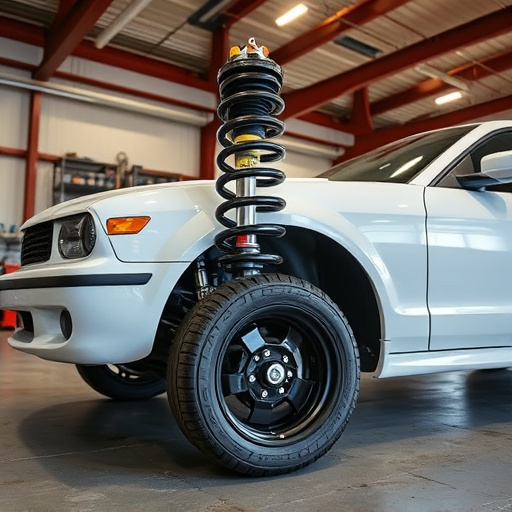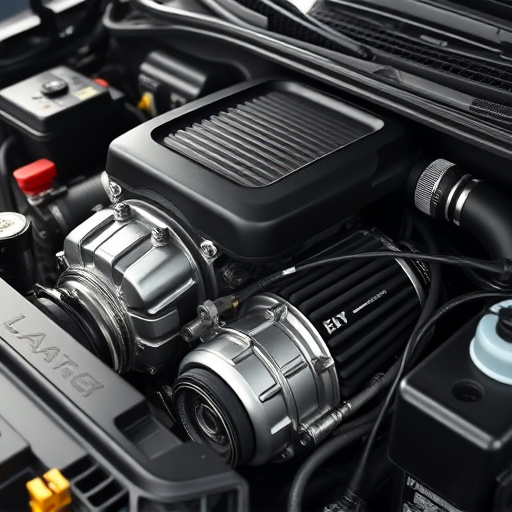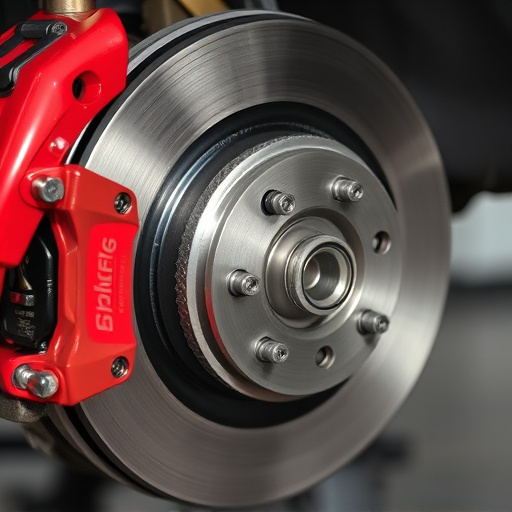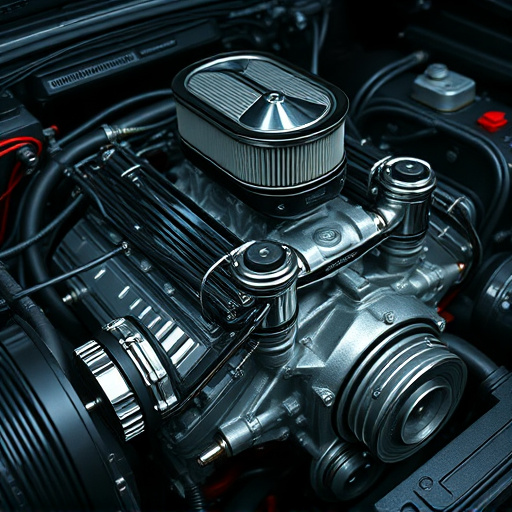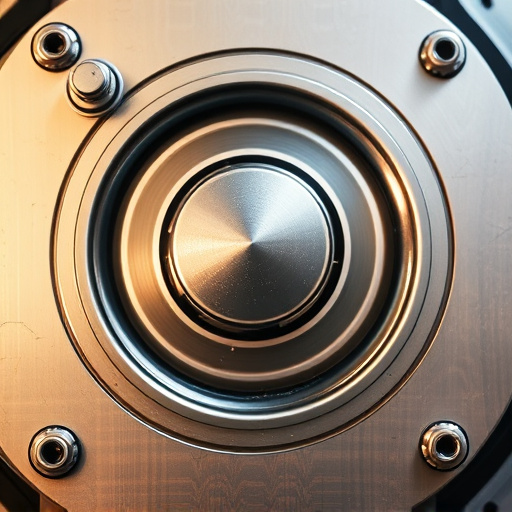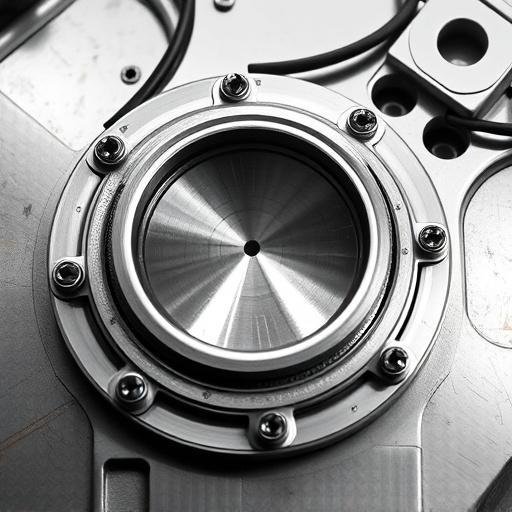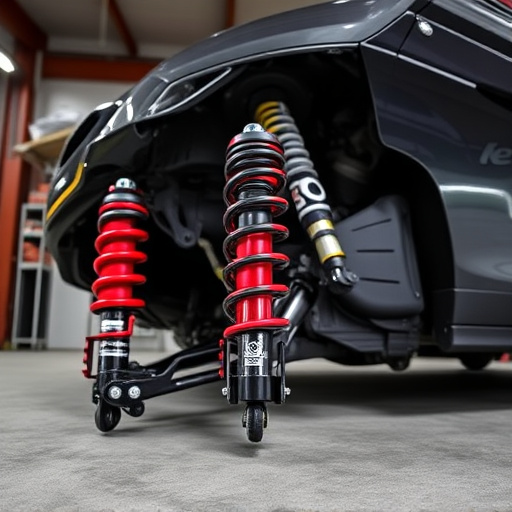Brake pads and rotors are essential safety components reducing stopping distances and enhancing vehicle control. Regular inspection reveals wear marks, corrosion, or damage indicating replacement needs for optimal braking efficiency and driver safety. Neglecting worn pads and rotors increases accident risks, causes uneven rotor wear, and may lead to serious vehicle system failures requiring costly repairs.
Brake pads and rotors are critical components for vehicle safety, ensuring controlled stopping. Over time, these parts experience wear and tear, compromising braking efficiency. This article delves into the significance of understanding brake pads and rotors as key components, highlights signs of damage, and emphasizes the safety risks associated with neglected worn brakes. By the end, you’ll grasp why regular maintenance is essential for your peace of mind on the road.
- Understanding Brake Pads and Rotors: Key Components Explained
- Wear and Tear: Signs of Damaged Brake Parts
- Safety Risks: Consequences of Neglecting Worn Brakes
Understanding Brake Pads and Rotors: Key Components Explained
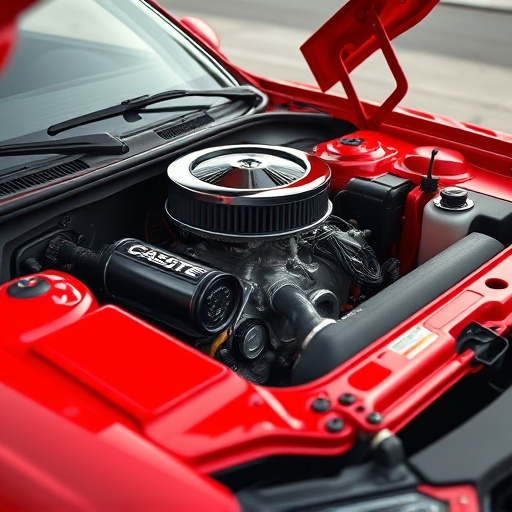
Brake pads and rotors are fundamental components that ensure vehicle safety during braking. Brake pads, which are typically made from a combination of friction materials like steel or ceramic, are responsible for converting kinetic energy into heat upon application of the brakes. They directly make contact with the rotating surface of the brake rotor to create frictional force, slowing down the vehicle.
Brake rotors, on the other hand, are solid metal discs that rotate with the wheels. Their primary function is to transfer the braking force from the pads to the wheel, causing it to slow down or stop. Over time, both pads and rotors wear out due to constant friction, which can lead to reduced braking performance. Regular maintenance, including timely replacement of worn brake pads and rotors, is crucial for optimal vehicle safety as it ensures consistent and effective braking action, especially in emergency situations. Upgrading to high-performance brakes, such as those featuring advanced pad or rotor designs, along with other components like performance air filters and exhaust mufflers, can further enhance overall vehicle control and braking efficiency under demanding conditions.
Wear and Tear: Signs of Damaged Brake Parts
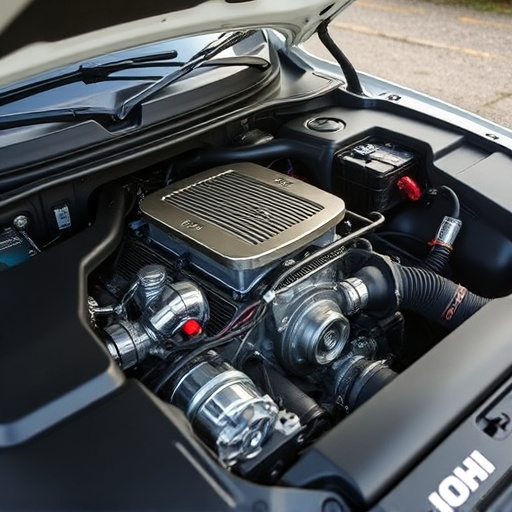
Brake pads and rotors are essential components that ensure a vehicle’s safety during braking. Over time, these parts experience wear and tear due to friction and repeated use, leading to potential damage that can compromise a driver’s control and stopping ability. Signs of damaged brake parts include noticeable wear marks on the pads, where they become thinner or exhibit uneven surfaces. Rotors, too, may show signs of corrosion, warping, or cracks, which not only affect braking efficiency but also contribute to vibrations during operation.
Regular inspection of these brake pads and rotors is crucial to maintaining optimal vehicle performance and safety. Prolonged use with worn-out brake parts can lead to reduced stopping distances, increased pedal travel, and even complete failure, posing significant risks to drivers, passengers, and other road users. Moreover, damaged suspension components, intake components, and exhaust tips can also be indirect indicators of problematic brakes, highlighting the need for timely maintenance and replacement when necessary.
Safety Risks: Consequences of Neglecting Worn Brakes
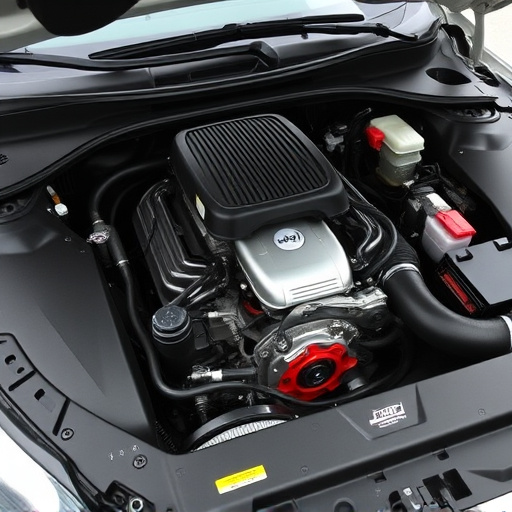
The consequences of neglecting worn brake pads and rotors can be severe, posing significant safety risks on the road. Brake pads are critical components that provide friction to slow or stop a vehicle. When they become excessively worn, their ability to effectively grip the rotating surface of the brake rotor diminishes. This reduces braking power, leading to longer stopping distances, which in turn increases the risk of accidents. Moreover, worn pads can cause uneven wear on rotors, causing them to warp over time. Warped rotors not only affect braking performance but also create a pulsating sensation in the pedal, indicating a potential problem that requires immediate attention.
Ignoring issues with brake pads and rotors can lead to more serious complications that extend beyond safety concerns. For instance, worn rotors can compromise the efficiency of the vehicle’s suspension kits by affecting wheel alignment. Additionally, they may contribute to problems with air intake systems, as debris from worn pads could enter these components, potentially causing damage or reducing engine performance. Regular maintenance and timely replacement of brake pads and rotors are essential for not only ensuring driver safety but also preserving the overall efficiency and longevity of a vehicle’s critical systems.
Brake pads and rotors, though often overlooked, are critical components for vehicle safety. Regular inspection and timely replacement of worn parts can significantly reduce safety risks, ensuring a smooth ride and preventing potential accidents. By understanding the signs of damage and addressing issues promptly, drivers can navigate roads with confidence, knowing their brakes are up to the task.




